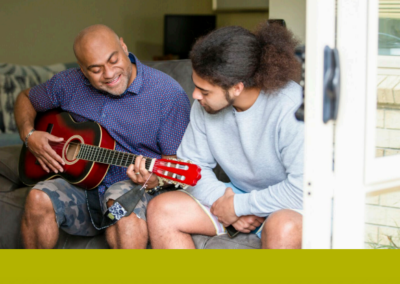Case Study_Monte Cecilia_FINAL


Using their own metrics, Treasury estimate that the “cumulative shortfall” houses in Auckland was at between 30,000 and 35,000 in June of 2016.
An ANZ figure in the same report suggests the national shortfall is as high as 60,000.
That figure is estimated to get slightly worse in 2018, as the population continues to increase, before improving.
It indicates that between June 2015 and June 2016, just under 9000 homes were added to the market in Auckland – but 16,748 buyers started looking for homes.
Treasury projected this shortfall to slowly drop to around 15,000 by 2030, but noted that slight changes in population growth, the economy, or household size could change that.
If population growth follows a “high projection” produced by Statistics NZ, the shortfall could grow by 30,000 homes by 2030.
NATIONAL SHORTFALL OF 60,000
ANZ Bank estimates that the shortfall is growing by 4000 homes per quarter, for a national shortfall of 60,000 dwellings. Labour, who requested the information, has seized on the ANZ figure.
“Every day we wait, the housing shortage grows by over 40 houses. The results are all around us – out of control prices, speculators, skyrocketing rents. It means families missing out on the Kiwi dream of owning your own place.
“It means overcrowded, over-priced rentals. It means families ending up homeless,” Labour leader Andrew Little said.
“The solution is simple: build more houses. Labour will build 100,000 affordable homes for first homebuyers. We can fix this.”
‘ERRONEOUS ESTIMATE’
Speaking at his weekly post-Cabinet press conference, English said the 60,000 figure was an “erroneous estimate”, with estimates of a shortfall between 10,000 and 20,000 more likely.
“It’s essentially an academic argument: what we know is we need to get more houses on the ground faster, and the councils are showing a will to go as fast as they can.”
The Auckland Unitary Plan, which had a favourable High Court ruling on Monday, was “a significant change in the opportunity for housing” and would allow significantly higher-density developments on government-owned land.
English said there was “plenty of scope” for medium-density developments on Housing NZ land in areas like Avondale and Mt Roskill, providing thousands of houses, but their timing would depend on the council’s processes.
“We still can’t build a house until the Auckland Council says we can…so it’s not like the Government can run its own system over here, but we will be applying as much pressure and effort as we can to build it as quickly as possible.”
Rising rents in areas like Wellington and Tauranga were “positive signs of growth”, he said, while councils understood the need to respond to the increased demand.
The Government’s $1 billion infrastructure loan scheme was also in place to help councils move ahead with large developments.
“They’ve been saying they were short of funding, we’ve produced the funding, and now they’ve got to produce the projects, and we hope they’ll do that as quickly as possible.”
As of October last year, only 18 affordable houses had been built across Auckland city’s 154 special housing areas, out of 1400. in a city desperate for affordable housing. (Find the source for these figures here)
Here’s an update on this item from Radio NZ’s Todd Niall here.
CHA Newsletter - 17 December 2025
CHA Newsletter - 2 December 2025
Community Housing Aotearoa Newsletter - 3 November 2025